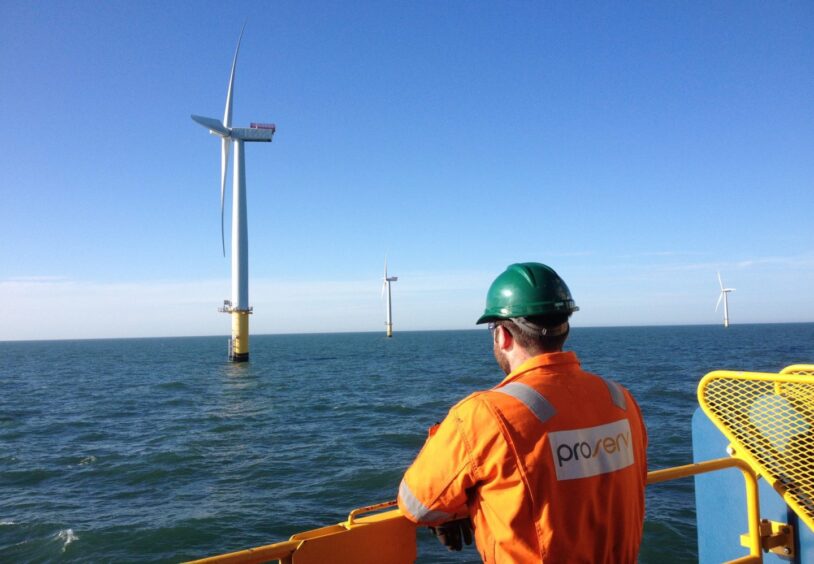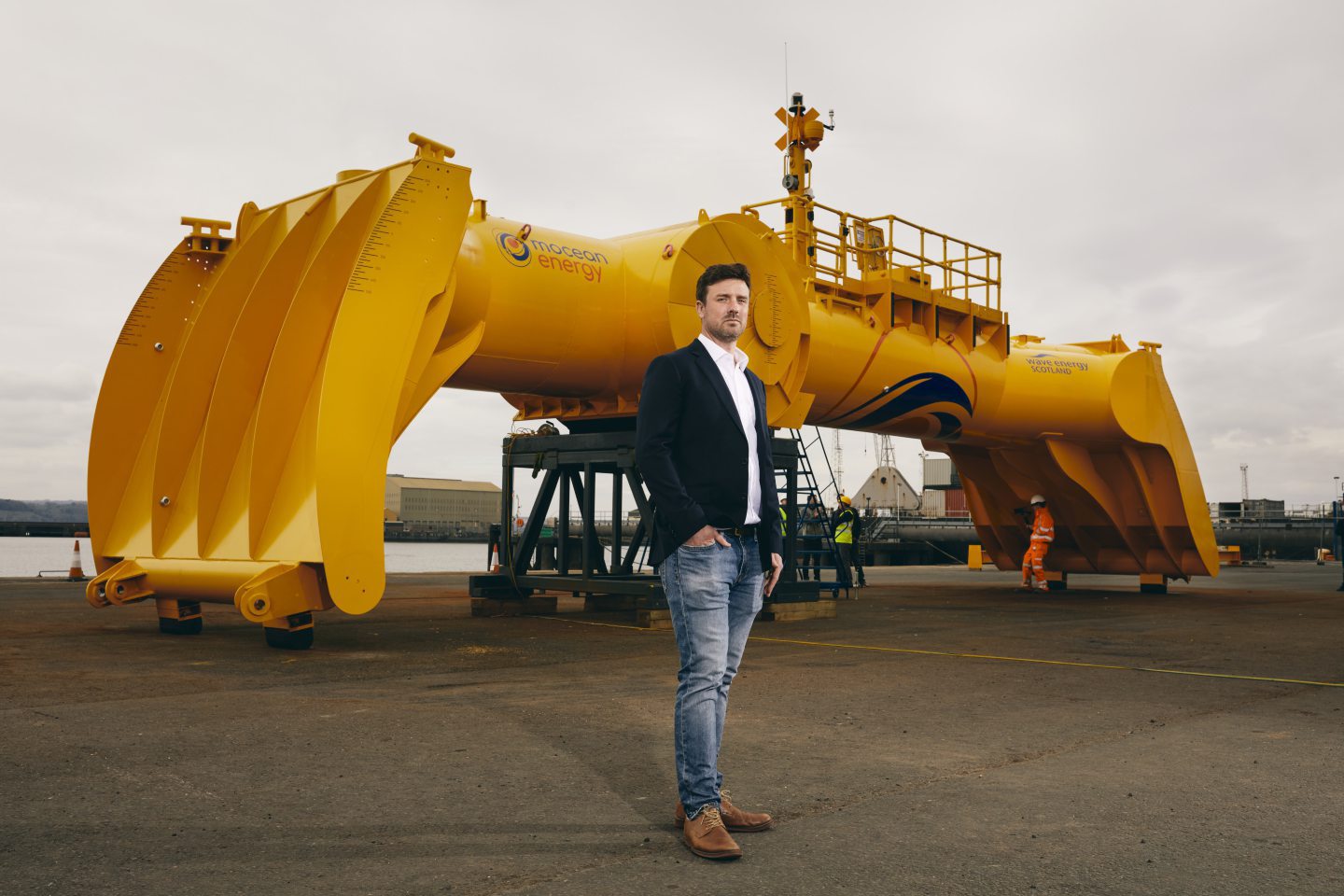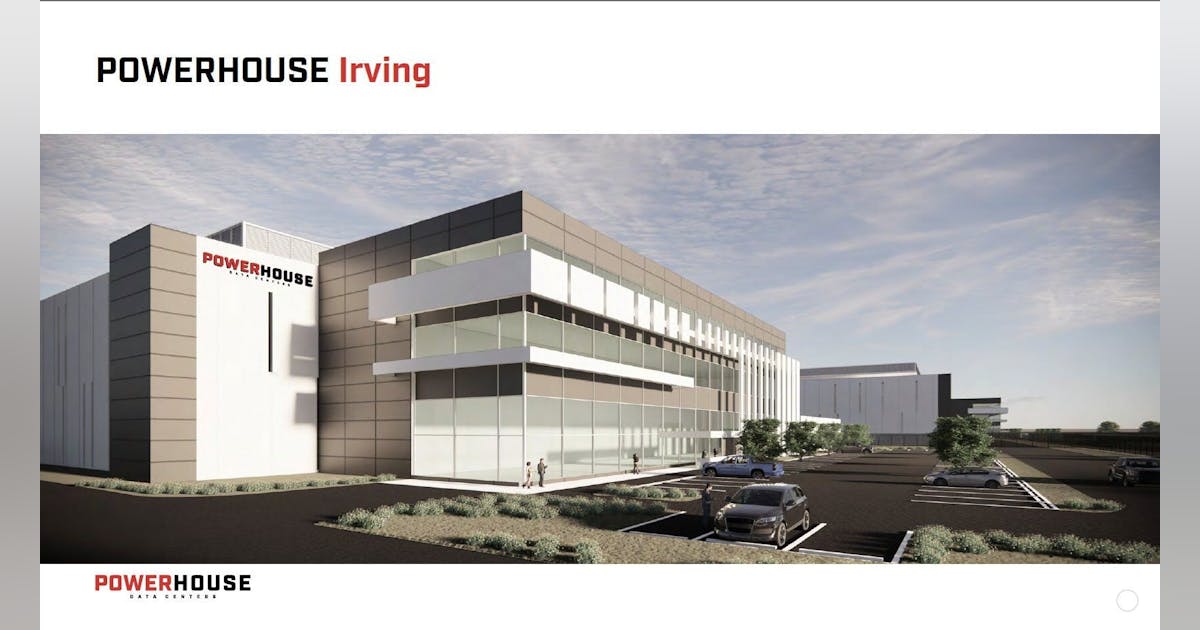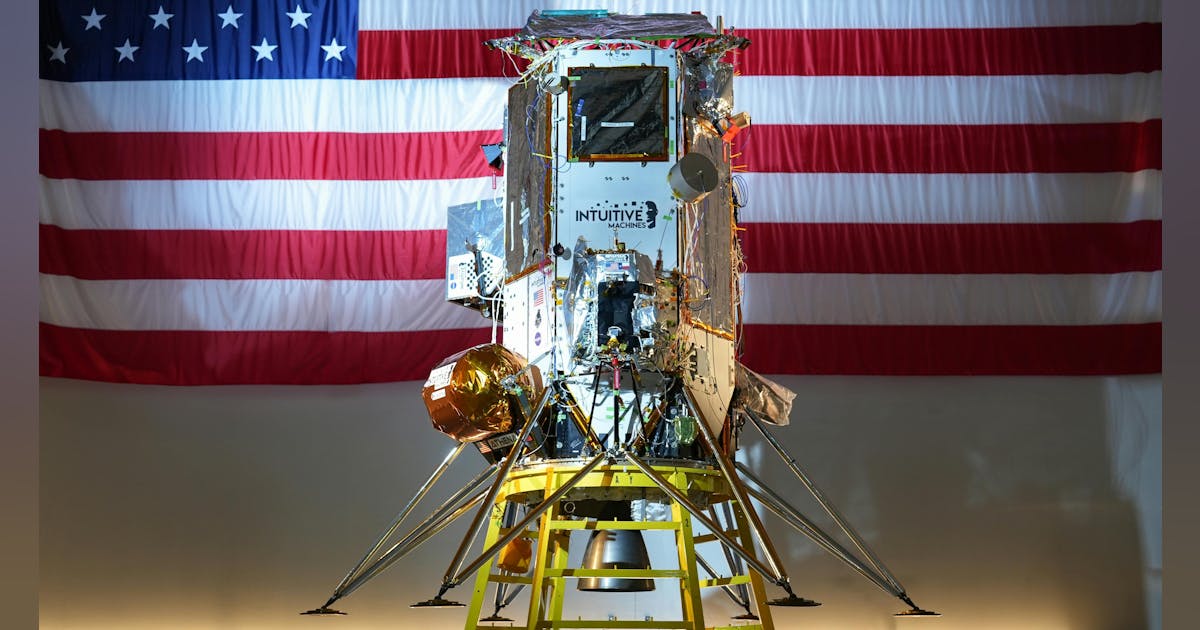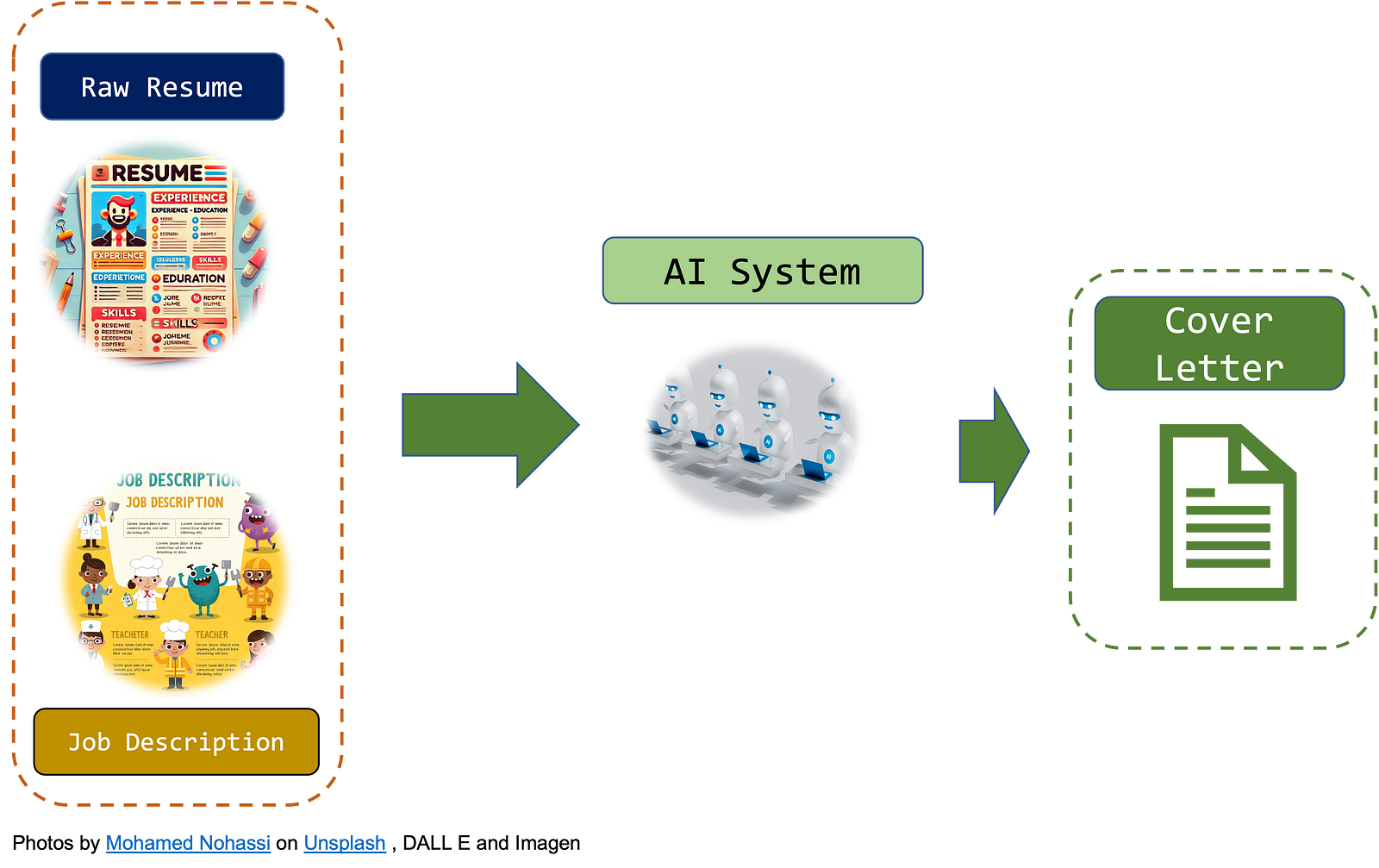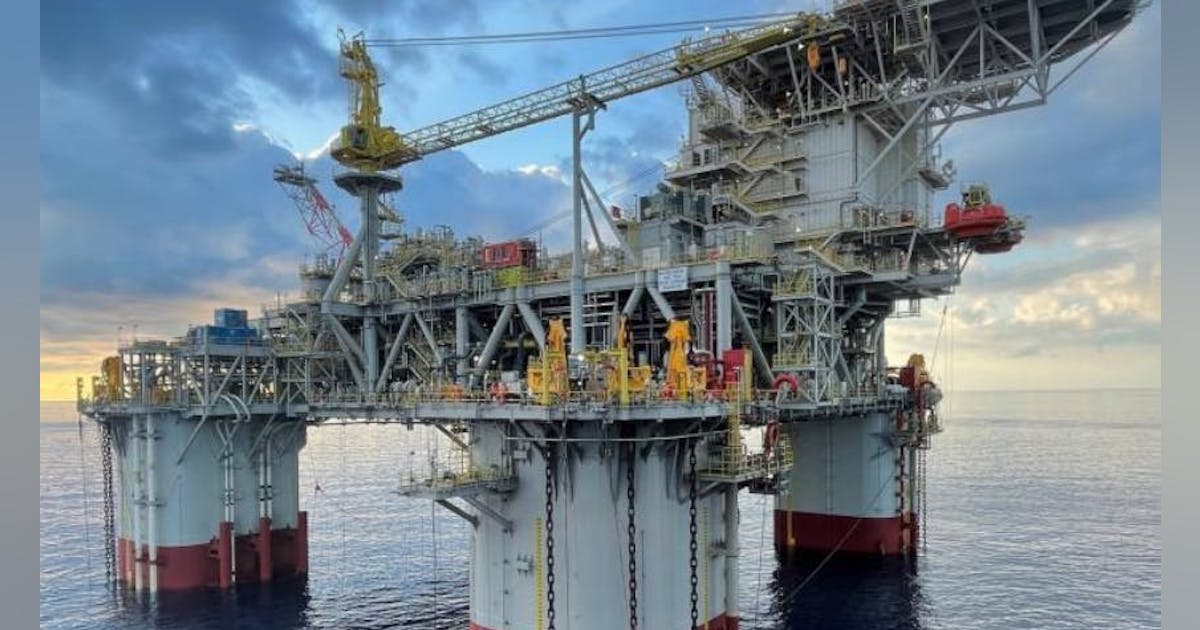
“Could we be at the low end of the range? We could,” Wirth said on a conference call. “We’ll make that call based on the opportunity set, the competitiveness of those [and] our view on the market outlook. The real message here is: I think you can depend on us to remain very disciplined and we’re getting more for every dollar we’re spending. […] The Permian is growing with 40% fewer rigs than our plans contained just a few years ago.”
Chevron’s output in the Permian should grow 9-10% this year, Wirth said, and “a little bit less than that” in 2026. The company’s holdings there will produce more than 1 million boe/d per day “for many, many years into the future,” he added.
Combined with similar low-decline assets in the Denver-Julesburg and Bakken basins, among others, that production will allow Chevron to keep investing in development and exploration opportunities such as those in the Eastern Mediterranean, Argentina, Venezuela, and West Africa.
Chevron also is targeting $2-3 billion in cost cuts that will come from the combination of asset sales—Chevron disposed of nearly $8 billion worth of business last year—as well as efficiency improvements from well designs, for instance, and technology gains.
Looking at this year’s first quarter, Wirth and Bonner said turnarounds and downtime work in Chevron’s upstream group may reduce output by about 45,000 boe/d.
Shares of Chevron (Ticker: CVX) were changing hands around $149.20 in early-afternoon trading Feb. 3 after closing above $156 before the company’s earnings report. Shares are essentially flat over the past 6 months, leaving the company’s market capitalization around $262 billion.





